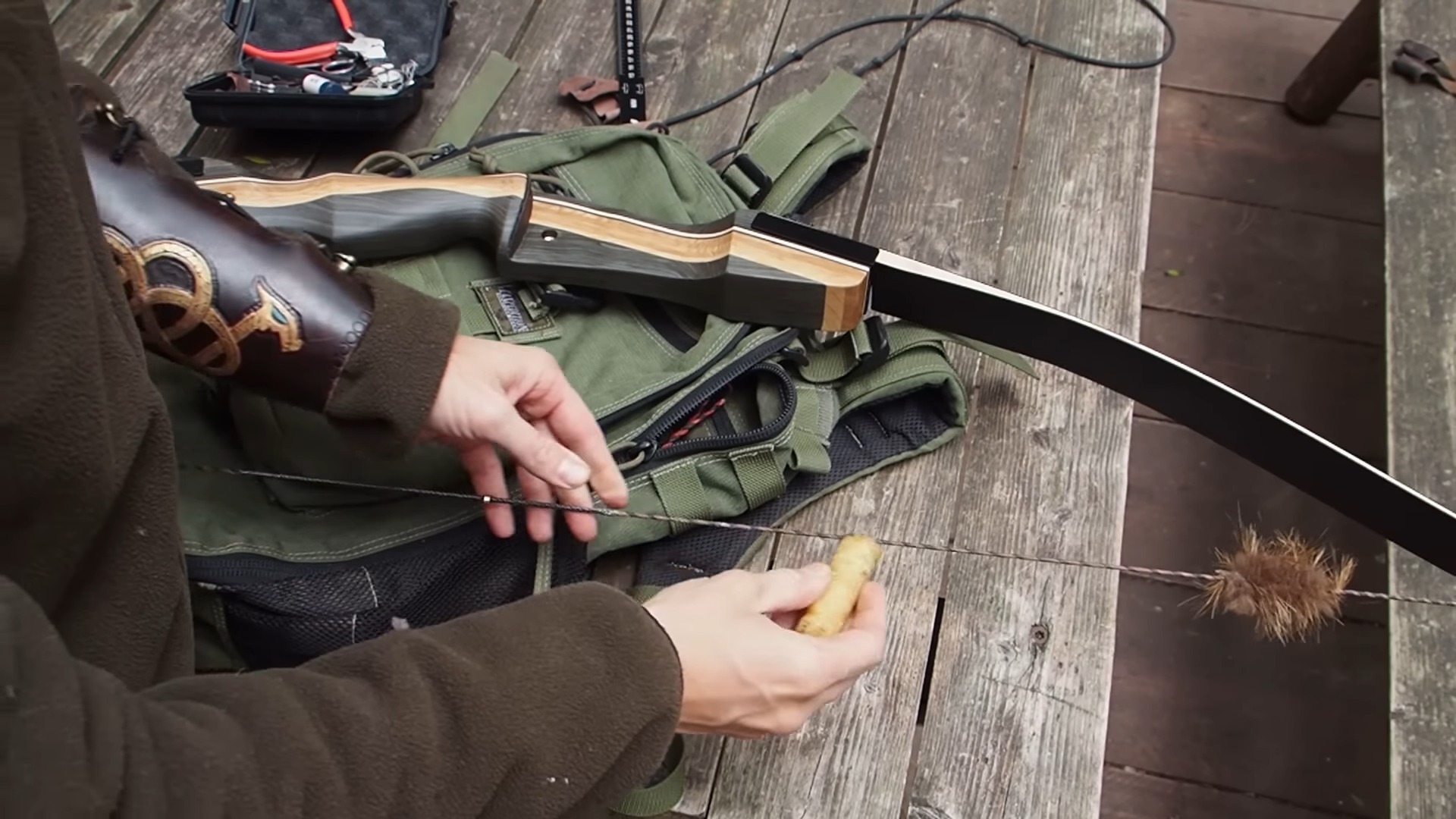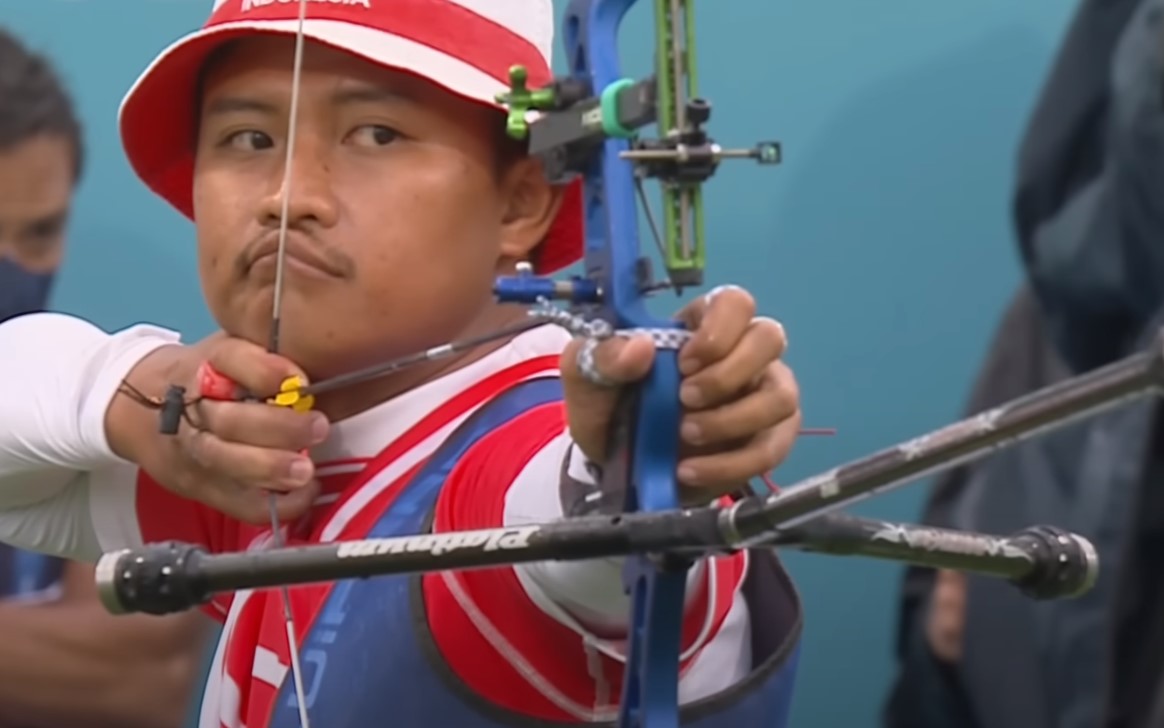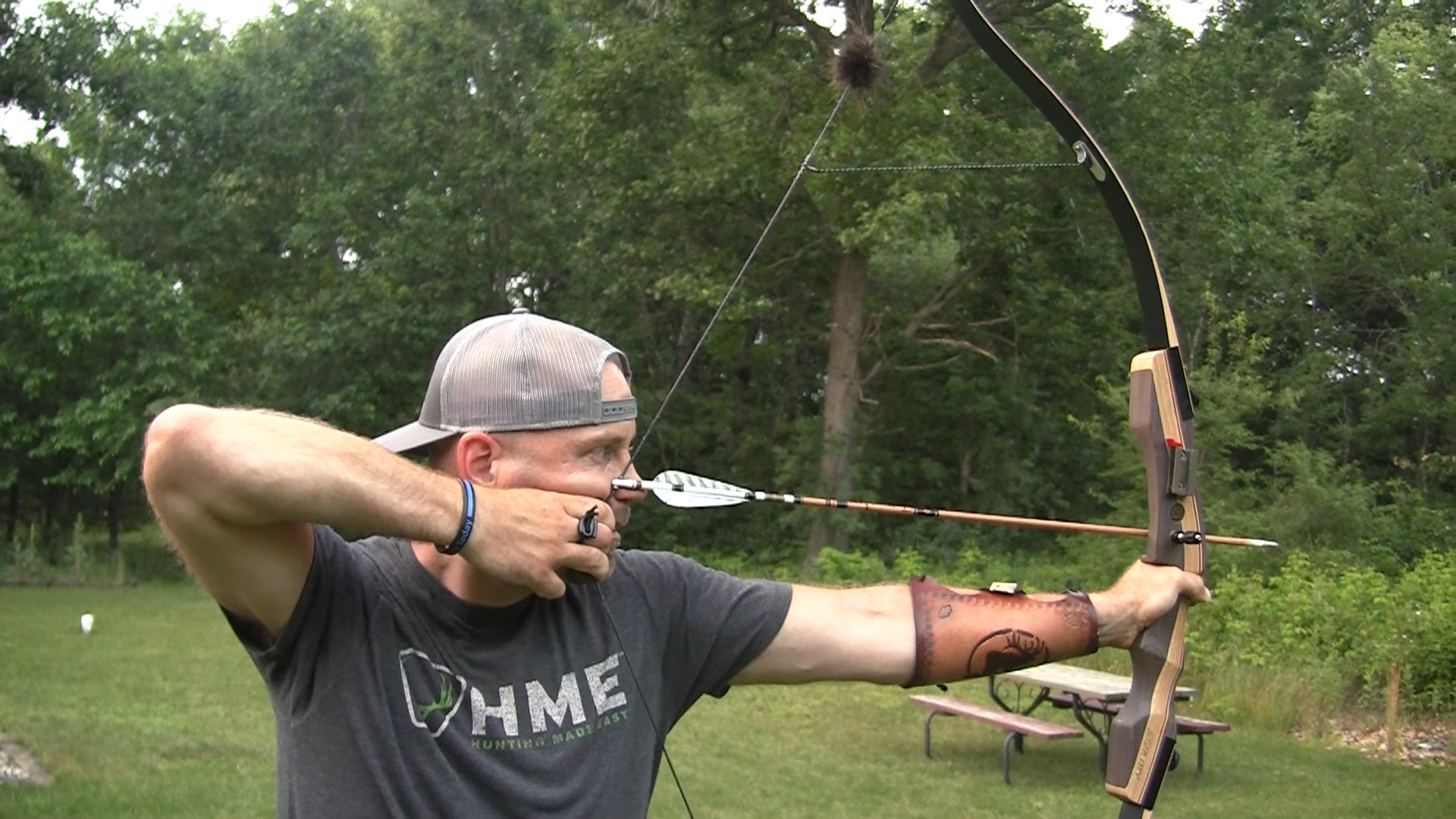Step onto the range with a recurve bow in hand, and you’re gripping more than just a weapon—you’re clutching a slice of history that was refined through the ages. As someone who has guided countless fingers to their first nocked arrow, I’ve seen firsthand the transformational power of this elegant instrument.
In this article, I won’t just outline the form and function of the recurve bow; I’ll also share insights on the subtle dance of archery—the draw, the aim, the breathless moment of release. This is where the quiet magic of archery becomes a loud spectacle, where each arrow whispers a story of physics, form, and finesse. Let’s begin!
The Anatomy

Recurve bows stand apart with their curved tips, which sweep away from the archer. This design is not merely aesthetic; it’s the lifeblood of the functionality.
The Significance
The recurve shape is fundamental to the power and efficiency. When strung, the curves ‘recurve’ and create a shape that stores more energy than a straight-limbed bow. This extra energy translates into greater speed and force when the arrow is released.
The recurve’s design also means a shorter bow can be as powerful as a longer traditional one, making it ideal for use on horseback or in dense forests. This compact power made it a favorite among ancient horse archers of the steppes.
Material Makeup
Recurve bows have evolved in their material composition. Traditional recurve bows were typically fashioned from a single piece of wood, often yew or elm. However, as technology progressed, so did the materials used.
Modern variations frequently use a mix of wood, carbon, and fiberglass. This fusion creates a lightweight, resilient bow capable of withstanding varying climatic conditions while maintaining peak performance. The advanced materials also contribute to a smoother draw and a steadier shot.
The Limbs and String
The limbs of a recurve bow are not just static arms but dynamic springs. They are flexible and designed to bend without breaking, storing the kinetic energy generated by the draw.
The bowstring’s role is to act as the connector between the archer’s energy and the arrow’s flight. Quality strings are made from high-tech materials like Kevlar or Dacron, selected for their durability and ability to transfer energy efficiently.
The Mechanics of Shooting
Shooting a recurve bow is an interplay of human skill and mechanical precision. The archer’s technique is as vital as the bow’s design in achieving accuracy and power.
The Draw
Drawing is about precision and strength. As the archer pulls back the string, the limbs bend, storing energy. The amount of power generated depends on the draw length and the draw weight of the bow.
The draw weight is the force required to pull back the string at a specific distance, usually measured in pounds. A higher draw weight means a faster, more powerful shot, but it also requires greater strength and control from the archer.
Aim and Accuracy
Once drawn, holding the aim is crucial. A steady hand and a focused eye are what make the shot. The archer’s posture, grip, and anchor point must be consistent with each shot to maintain precision.
The bow’s sight can assist with accuracy, providing a visual aid to align the shot. Recurve bows can be equipped with a variety of sights, from simple fixed pins to advanced adjustable models.
Release and Follow-Through
The moment of release is a blend of timing and technique. The fingers must let the string slip off smoothly to avoid disrupting the arrow’s path. A jerky or uneven release can send the arrow off course.
Follow-through is just as important as the release. The archer must maintain their form until the arrow hits the target. Any movement can influence the arrow’s trajectory, so discipline is key.
The Role in Competitive Archery

Recurve bows aren’t just historical artifacts; they are at the forefront of competitive archery. They are the only type of bow allowed in the Olympics, making them the standard for archers around the world.
Olympic Archery
In an Olympic competition, recurve archers shoot at a target 70 meters away. The level of skill and control required at this distance is immense. Archers must account for wind, their own physiological state, and the minute mechanics of their equipment.
Olympic archers use highly specialized recurve bows. These are optimized for performance, with adjustable limb configurations, finely tuned strings, and stabilizers that reduce the movement upon release.
Recurve Bows Across Other Forms of Archery
Recurve bows also dominate other forms of competitive archery, such as field archery and 3D archery. These disciplines involve shooting at targets placed at varying distances and often in more natural settings. Here’s a quick comparison of the bows used across different archery competitions:
| Competition Type | Bow Type Used | Target Distance | Notable Features |
| Olympic Archery | Recurve | 70 meters | Highly specialized bows with stabilizers |
| Field Archery | Recurve | Varies | Natural settings, multiple distances |
| 3D Archery | Recurve | Varies | Lifelike animal targets, varied terrain |
In field and 3D archery, the recurve bow’s maneuverability and versatility shine. Archers must adapt to the terrain and distances, making the recurve’s ease of handling a significant advantage.
Choosing the Right One

Selecting a recurve bow is a personalized process. An archer’s physical build, strength, and shooting style all play roles in finding the perfect match.
Considerations for Beginners
If you’re new to archery, start with a lighter draw weight. This allows you to focus on technique without being overwhelmed by the force required to draw the bow. As your skills and strength improve, you can graduate to a heavier draw weight.
It’s also wise to choose a bow with adjustable limbs. This provides room for growth and refinement as your abilities develop. A comfortable grip and a balanced feel are also important for new archers.
Advanced Archers: Fine-Tuning Your Equipment
Experienced archers will look for customization. They’ll select a bow that can accommodate their refined technique and specific requirements. Advanced recurve bows offer adjustable limb tension, interchangeable parts, and the ability to mount various accessories.
Archers may also seek out bows made from high-end materials for improved performance. The table below shows the progression of recurve bow materials from beginner to advanced:
| Level | Materials Used | Characteristics |
| Beginner | Wood, Fiberglass | Durability, lower cost |
| Intermediate | Carbon-wood composites | Balance of performance and cost |
| Advanced | High-tech alloys, Carbon | Lightweight, high performance |
FAQs
Can recurve bows be used for hunting, and if so, what are the advantages?
Yes, they are often used for hunting. Their advantages lie in their lightweight design and shorter length, making them easier to handle in tight spaces like wooded areas. The recurve design also allows for faster arrow velocity, meaning a more powerful and effective shot at the game.
However, it’s important to choose a recurve bow with appropriate draw weight for hunting—typically 40 pounds or more, depending on the game.
How does one maintain and care for a recurve bow to ensure its longevity?
To maintain it, regularly check for any signs of wear or damage, especially before and after use. Store it in a dry place away from extreme temperatures to prevent warping.
When stringing and unstringing the bow, use its stringer to avoid twisting the limbs. Keep the string waxed to protect it from moisture and fraying. Occasionally, check the tightness of all screws or bolts and inspect limb integrity.
Are there specific techniques to improve accuracy when shooting a recurve bow?
Improving accuracy involves consistent practice with a focus on form. This includes mastering a consistent anchor point, maintaining proper body posture, and developing a smooth draw and release.
Breath control is also critical; many archers synchronize their release with their breathing pattern for greater consistency. Additionally, using sight or learning instinctive shooting techniques can greatly enhance accuracy.
What is the average lifespan of a recurve bow?
The lifespan largely depends on the material, usage, and maintenance. A well-maintained recurve bow made of modern materials can last for 20 years or more.
However, the string will need to be replaced every 2-3 years or sooner with heavy use. Wooden bows may have a shorter lifespan due to the nature of the material.
How does one select the appropriate arrow length and type for a recurve bow?
Arrow length is typically determined by draw length; an arrow should be about 1-2 inches longer than the draw length for safety and performance. The type of arrow (wooden, carbon, aluminum) depends on the bow’s draw weight and the archer’s intended use, such as target shooting or hunting.
It’s best to consult with an archery shop to find the right match for your specific bow and needs.
Can the draw weight of a recurve bow be adjusted?
Some recurve bows, particularly those with takedown designs, allow for draw weight adjustment by changing the limbs. For fixed limb variations, the draw weight is not adjustable.
It’s important to choose a draw weight that matches your strength and purpose, but also keep in mind that as you practice, your strength may increase, allowing you to handle a heavier draw weight comfortably over time.
Final Thoughts
Recurve bows embody a blend of ancient tradition and modern engineering. Whether used in competitive archery or simply for the joy of shooting, they offer a unique experience that combines history, sport, and precision.
With the right recurve bow, archers can experience the thrill of merging ancient skills with contemporary performance.
I’m Matt, and I’ve been with GearDesciple for about five years after my brother Jared roped me in. I wasn’t always into the outdoors, but a few reluctant hikes turned into a real passion. Now, I help test and review gear with a focus on honest, experience-based advice. As someone who came to outdoor life later on, I’m especially driven to help newcomers find their footing.